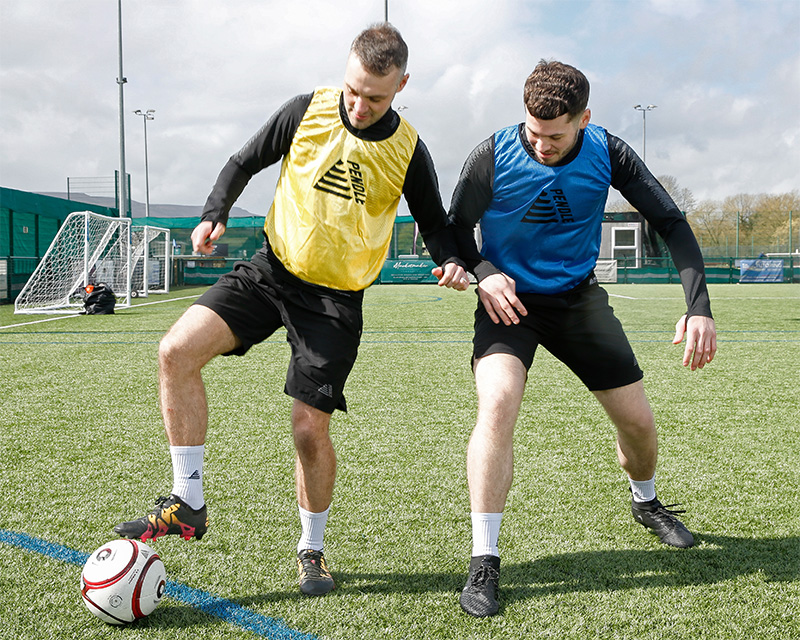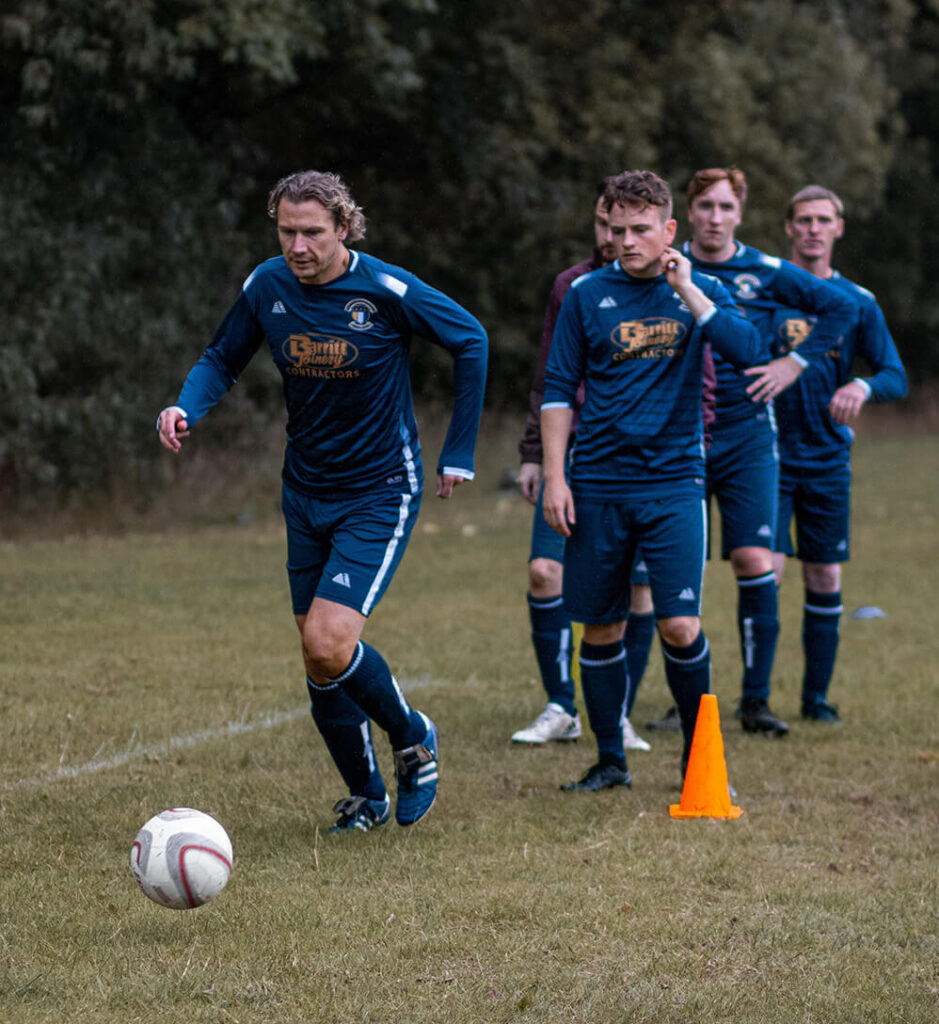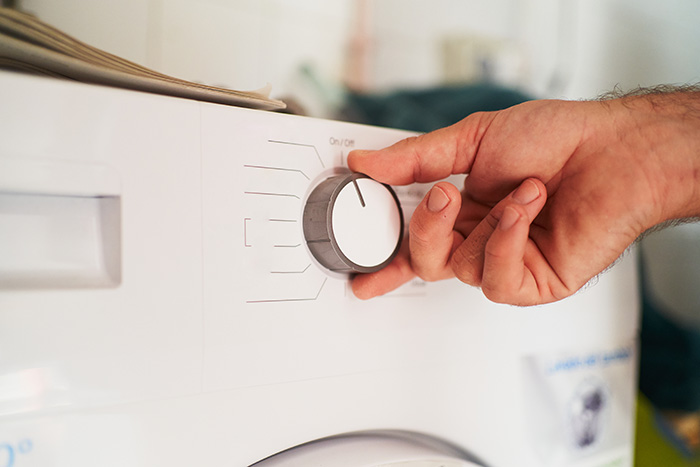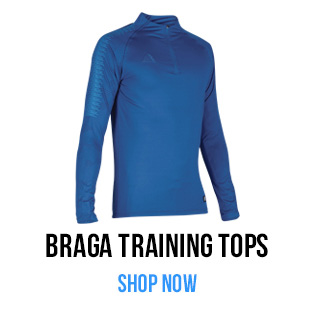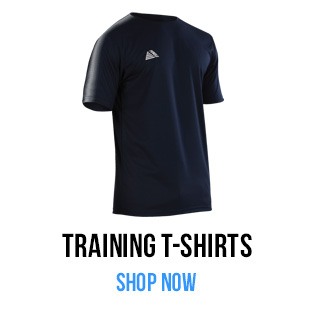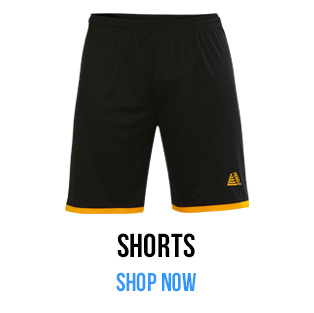Last Updated on: 11th October 2024, 11:21 am
What Does Moisture Wicking Mean?
Benefits Of Moisture Wicking Fabric
Comfort is one of the main things to consider when buying sportswear. A lot of that comes down to the fabric they’re made from. Pick the wrong one and you could end up hot and irritated the whole time. Nearly all our football kits and training wear are made from moisture wicking fabric because it’s the most comfortable option. But what does moisture wicking fabric do and why is it the best choice for footballers?
Picking the Right Fabric
Some materials are better suited to wear for training than others. It all comes down to how they handle moisture. Sweat is inevitable when you’re working hard on the pitch because it’s part of your body’s way of keeping cool. However, sweat itself doesn’t regulate your temperature. Instead, it’s the process of sweat evaporating from the skin. Sweat absorbs heat and carries it away, effectively cooling us down.
Wearing the right clothes can make this process more efficient and comfortable. Polyester is one of the go-to materials for moisture-wicking clothing because it’s durable, lightweight, and breathable. Polyester is a great choice for your training clothes, so we use it in most of our clothing.
Fabrics To Avoid
Natural fabrics absorb moisture into the fibres, which makes them damp, heavy and uncomfortable. Cotton is a bad choice because it can absorb up to 24 – 27 times its weight in water. That moisture won’t evaporate easily because it is held close to your skin. Not only will this be uncomfortable as you’re running around the pitch, but it will also make it harder to keep cool.
Moisture Wicking Fabric
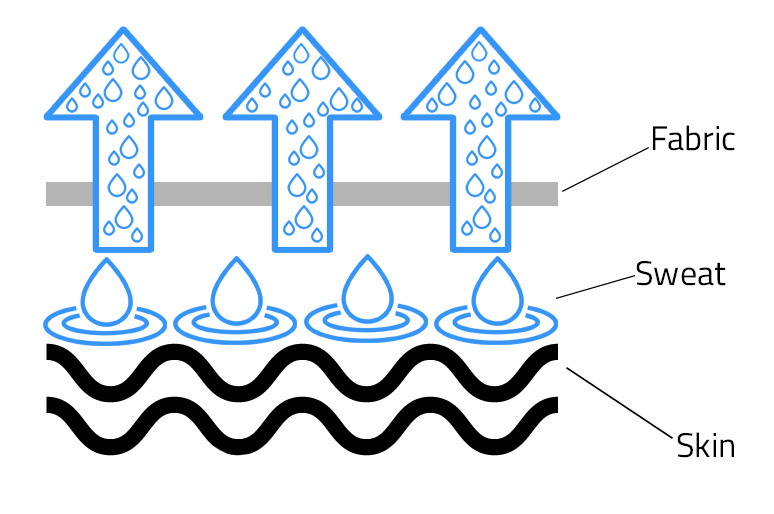
Moisture wicking fabric is commonly seen in athletic clothing and sportswear because of its breathability, quick-drying and cooling capabilities. So, sports clothing with moisture wicking properties keeps the wearer dry and comfortable during physical activity. But what does it actually do? These fabrics are specially engineered to perform two jobs.
- Drawing moisture away from the skin and onto the top layer of the fabric.
- Drying quickly so the fabric doesn’t become too wet.
These processes ensure that both you and your clothes stay as dry as possible during training or matches.
How it works?
Imagine that there are a bunch of tiny tubes within the fabric of your clothing. When you sweat, the moisture gathers on your skin. The tiny tubes in the fabric attract the moisture and pull it away from your body. Once the moisture is inside the tubes, it moves up to the fabric’s surface. We call this process “capillary action”.
Capillary action is the tendency of a liquid to move upward in a narrow tube or space, in apparent defiance of gravity. This happens due to a combination of adhesion and cohesion. The water molecules are attracted to the material and themselves. This creates a pulling effect that draws moisture through the fabric. The sweat can then spread across a larger surface area, which means it can evaporate more quickly.
Benefits of Moisture Wicking Fabric
There’s a reason that we use these fabrics in most of our football kits and training wear. It’s the best choice for your football gear. As well as keeping you dry, there are plenty of benefits. Here are just a few of the reasons to pick clothing with moisture wicking properties.
Keeps You Cool
They keep your body dry which helps regulate your body temperature more effectively. Other fabrics are more likely to cling to your body and trap the heat against your skin. This prevents airflow and can be a contributor to overheating in warm weather.
Useful In Cold Weather
In cold weather, other fabrics will trap a layer of moisture in the fibres of your clothes. This can make your skin and clothes colder. In the right conditions, this can also lead to hypothermia. Moisture wicking materials help you regulate your temperature during winter training by preventing this build-up of moisture.
Reduced Chafing and Irritation
The repetitive movements involved in football can cause friction and chafing, especially when wearing damp clothing. Moisture-wicking fabric minimizes chafing by keeping the skin dry, reducing the risk of irritation and blisters.
Improved Performance
When you’re comfortable, you’ll play better. Wearing a top that irritates you will distract you from your performance. Moisture wicking clothing gives you more freedom of movement and flexibility. This means you can focus on giving your all where it counts.
Prevents Bacteria Growth
Moisture promotes bacteria, so wearing moisture wicking clothing will help prevent this. It stops moisture from sitting on your skin and penetrating your clothing. You can stop bacterial growth before it starts.
How to care for it
Moisture wicking clothing is easy to clean but you need to make sure you’re looking after them properly. Follow the specific washing instructions for the garment in question to ensure that your clothing lasts for as long as possible. Check out our washing instructions before washing any of your Pendle football kits or training wear.
Avoid using a fabric softener in any form with moisture wicking clothing because it will prevent your kits or training wear from absorbing moisture. The fabric softener will leave a waxy residue that interferes with the engineered properties of the fabric.
Picking Your New Training Wear
Moisture wicking training wear is essential if you want to make sure you stay comfortable, cool and dry on the pitch. Football players will perform at their best in the right clothing, so buying the right gear will mean they all stay at the top of their game, no matter the conditions.
Check out our range of training wear to find the perfect match for your club. We’ve got t-shirts, training tops, base layers, shorts, sweatshirts and more. Your players will be looking and feeling good in no time.
Pendle Recommendations
Tags: football kit, Football Kits, Football Shirts, moisture wicking, Pendle products, Pendle Sportswear

